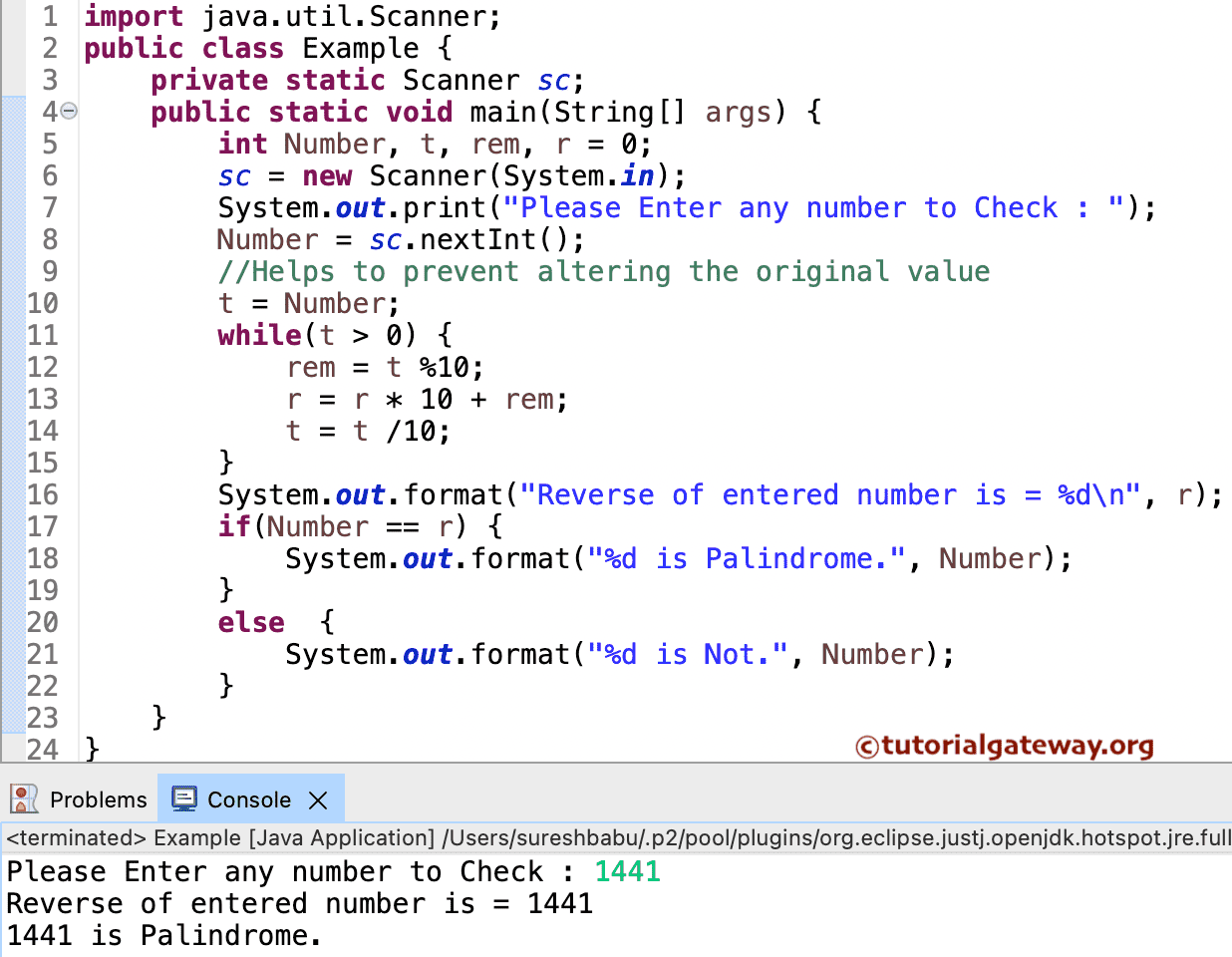

#For loop java code#
The example code below takes array and target arguments and searches through the array for an element that is the same as the target. The code is basically the standard for-all loop with an if-statement inside looking at each element.

Other examples of for-all operations that look at every element in the array include: sum up the int values in an array, call a method on every object in an array, count the number of times a particular value appears in an array.Īnother common problem is searching through all the elements in an array to find a particular "target" value.

In Java, if the running code tries to access an index that is too big or too small to fit in the array, the program will get an ArrayOutOfBounds exception on that line. If it works for those, it will most likely work for all the elements in between. When writing a loop, look at the code and think how it will behave for the very first and very last elements. Oftentimes in loop and array problems, getting these "edge" cases correct is the trickiest part. The test should be "i>=0" instead of "i>0" to include the 0th element. It's easy to be off-by-one - for example, the backwards loop above has to init i to "length-1" instead of "length" to start with the last element. With this sort of code, we have to be careful with the exact specification of the for-loop to hit the right elements in the array. Loop over all the elements in the values array It is common to use a 0.length-1 for-loop to iterate over all the elements in array: For example, with the above "values" array, we can access the size of the array as "values.length". The length of an array can be accessed as a special ".length" attribute. In contrast, Java Lists can grow and shrink over time - this is a big feature that Lists have that arrays do not. The length of an array is set when it is created with "new" and that length never changes for the lifetime of the array. store a 13 into the last element in the array read ints out of values and values, do Values = new int // allocate the array (initially all zero) Here is a longer example that declares an array variable, allocates the array with "new", and then uses the syntax to access particular elements: This square bracket syntax is an easy way to get or set any particular element in the array. So the memory drawing for the code above looks like:Īrrays use square brackets as a convenient syntax to refer to individual elements: "values" is the element at index 2 within the "values" array. When first created, all of the elements in the array are set to zero. An attempt to access an index outside the 0.length-1 range will fail with a runtime exception. Each element in the array is identified by a zero-based index number: 0, 1, 2. In the heap, the array is a block of memory made of all the elements together. Values = new int // allocate the array, store the pointer The expression "new int" allocates a new array in the heap, sized to hold 100 int values.: Int values // declare an int array variable "values" The code does not allocate the array yet: The following line declares a variable "values" that can point to an int array. See also the associated CodingBat java array problems, to practice array ideas or study for an exam.Īn "array" is a way to store a collection of "elements".Īrrays use square brackets for their syntax.Įach array is declared with a type that indicates the type of element that it stores, like this: the "int" type is an array of int elements, a "String" type is an array of string elements.Īrrays are allocated in the heap with the "new" operator and accessed through pointers (just like objects). This page introduces arrays and loops in Java with example code, on creating, accessing, and looping with arrays.

("Iterating TreeMap using entrySet with simple for-each loop =>") įor(Map.Entry entry: treeMap.Code Help and Videos > Java Arrays and Loops We will iterate this entry set using for-each loop. We will get set of entries (Keys and Values) by calling entrySet(). We will initialize TreeMap using put() method. In this example we will iterate treemap in java using entrySet() and for each loop. Java Map iterate Using entrySet() and and for each loop Now we will discuss several ways of iterate TreeMap in java. There are following methods for iterate over map in java. If you are new in TreeMap Then i will recommended to you see Java TreeMap Examples.
#For loop java how to#
In this post we will see how to iterate TreeMap in java using for each loop, iterator and java8. This Example shows how to iterate Map in java.


 0 kommentar(er)
0 kommentar(er)
